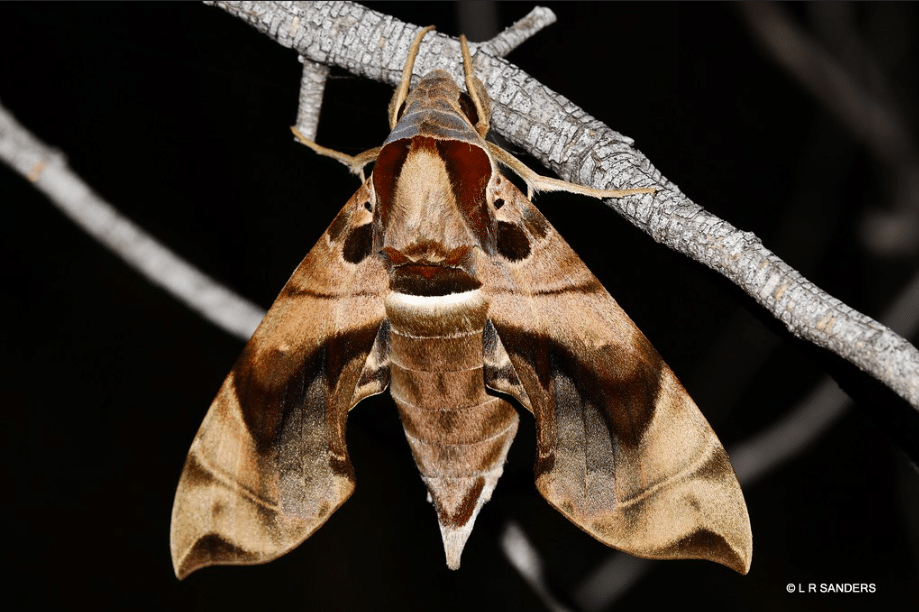You might remember Kalpana—I am happy to report that this year she celebrates her fifth rescue anniversary at Wildlife SOS. Formerly exploited and abused as a ‘begging’ elephant in Uttar Pradesh, Kalpana was rescued in 2019 and brought to the Wildlife SOS Elephant Hospital Campus (EHC) in Mathura for comprehensive...
Facing an extinction crisis, the Australian Government has made an alarming proposal to remove the need for recovery plans for approximately 600 listed threatened species and wildlife habitats. The first tranche of proposed decisions has been released today and included imperiled species such as the spectacled flying-fox, Tasmanian devils, glossy black-cockatoo and fin and sei whales for whom recovery plans will no longer be required.
Conservation group Humane Society International (HSI), the nominator for more than 70 threatened species and 38 threatened ecological communities under the Environmental Protection and Biodiversity Conservation Act (EPBC Act), says hundreds of threatened species will be impacted by the proposal, pushing them closer to extinction without serious investment in recovery plans.
Among the list of species set to lose their recovery plan is the spectacled flying-fox, even though it had its threat status upgraded to Endangered in 2020, is on the verge of Critically Endangered, and is a keystone species essential for forest protection. HSI understands the Threatened Species Scientific Committee is trying to make the best use of impoverished resources when advising the Minister on which species should receive recovery plans.
Nicola Beynon, Head of Campaigns for Humane Society International, said, “The onus is on the Government to provide submarine-sized funding to the environment portfolio so that threatened species don’t have to go into triage. The Government needs to find a war chest to fight the extinction crisis. With current budget levels we are concerned a swag of threatened species are going to die in the emergency field tent.”
Also included in the proposal are threatened wildlife habitats—called Threatened Ecological Communities. These are the remnants of historically cleared and under imminent threat woodlands, grasslands and wetlands that provide umbrella protection to multiple threatened species. Protecting such habitats is a cost-effective way to conserve multiple species in the landscape and should be at the forefront of recovery planning efforts. However on the list today are 28 Threatened Ecological Communities deemed undeserving of a recovery plan.
Ms Beynon continued, “For 25 years HSI has freely given our expertise to prepare scientific nominations for the government and we do it with the expectation that the government will invest in their conservation once listings are achieved. Today’s announcement disenfranchises those efforts.”
“Dedicated and well-resourced recovery plans have proven to be effective as announced just days ago with Victoria’s eastern barred bandicoot back from the brink of extinction,” concluded Ms Beynon.
Under the EPBC Act, the federal environment minister is required to make a statutory decision as to whether or not a recovery plan is needed for a threatened species. The Department has today released the first 157 species and 28 threatened ecological communities from a proposed list of 600+ species. The community now has until 2 November to consider the first round of species and raise concerns regarding the first 185 decisions.


